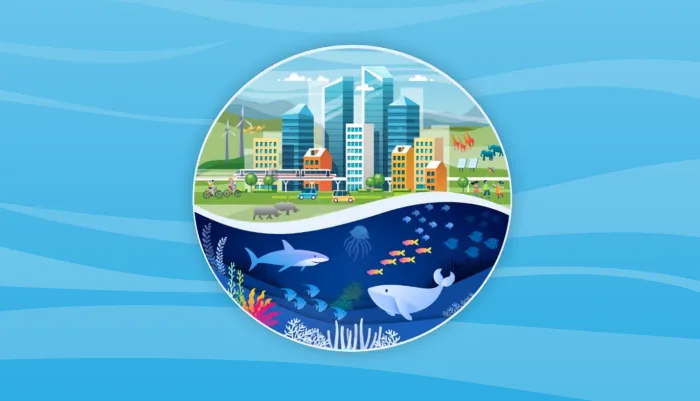News Details

The release of the "Zero Draft" brings the Global Plastics Treaty closer
On the 4th of September 2023, the United Nations Environment Programme (UNEP) released what is known as the “Zero Draft” of the forthcoming Global Plastics Treaty. The draft was prepared by the Peruvian government in its role as Chair of the Iintergovernmental Negotiating Committee (INC) for the treaty with the support of the INC Secretariat. It is based on a wide range of ideas from nations on the treaty's contents.
The Zero Draft will serve as the starting point for negotiations at the next conference of the International Negotiating Committee (INC-3), which will be held in Nairobi, Kenya, in November 2023. By the end of 2024, a formal treaty should be in place.
Main objectives of the Zero Draft
The main objectives of the Zero Draft are as follows:
-
To end plastic pollution, including in the marine environment, and to protect human health and the environment.
-
The prevention, progressive reduction, and elimination of plastic pollution throughout the life cycle of plastic by 2040.
-
The management of both the use of plastics and plastic waste, while contributing to the achievement of sustainable development.
The manufacturing of basic plastic polymers, including their raw materials and precursors, may have adverse effects on human health or the environment. Parties should take the appropriate precautions to prevent and mitigate these effects. Parties shall take the necessary steps to reduce and, where appropriate, eliminate the use of chemicals, groups of chemicals, and polymers in plastic polymers, plastics, and plastic products6 that have the potential to cause adverse effects on human health or the environment at any stage of the life cycle of plastics or that have properties that could make their safe and environmentally sound management difficult, such as their reusability.
Key steps to achieve the Zero Draft objectives
According to the draft below points must be followed to achieve the goal:
1. Emissions and releases of plastic throughout its life cycle
Each Party is responsible for preventing and eliminating the emissions and releases of plastic polymers, plastics, including microplastics, and plastic goods to the environment from those sources. The following emissions and releases should be covered by this clause:
-
Emissions of hHazardous substances, including microplastics.
-
Releases to soil and water from production, transportation, and use of chemicals and polymers of concern.
-
Releases of chemicals and polymers of concern, plastics and plastic products, including microplastics, to air, soil, and water, as well as ecosystems.
2. Existing plastic pollution, including in the marine environment
In order to increase awareness and stop future plastic pollution, particularly littering in freshwater and coastal regions, each Party shall make information on common forms of plastic pollution, practises, and behaviours that contribute to plastic pollution publicly available.
The parties must work together to evaluate, identify, and prioritise the accumulation zones, hotspots, and sectors:
-
that are most affected by current plastic pollution, including in the marine environment.
-
where quantities and types of litter pose a threat to species or habitats, taking into account the full life cycle of plastics.
Finance
Each Party shall take steps to reduce financial flows from all domestic and foreign, public and private sources, towards projects that result in emissions and releases to the environment from plastics and plastic products throughout their life cycle, including microplastics, and to increase financial flows from all domestic and foreign, public and private sources, towards projects that prevent or reduce emissions and releases of plastics to the environment.
Federal strategies
In order to execute the commitments under the draft and to accomplish its objective(s), each Party shall create and implement a national plan. The national plans must at the very least contain pertinent information relating to: Primary plastic polymers; chemicals and polymers of concern; problematic and preventable plastic products; product design and performance; reduce, reuse, refill, and repair of plastics and plastic products; use of recycled plastic contents; extended producer responsibility; emissions and releases of plastic through its life cycle; waste management; fishing gear; current plastic pollution, including in the marine environment; and just transition.
You can read full draft here: https://wedocs.unep.org/bitstream/handle/20.500.11822/43239/ZERODRAFT.pdf
We acknowledge that the above information has been compiled from United Nations.

 Twitter
Twitter
